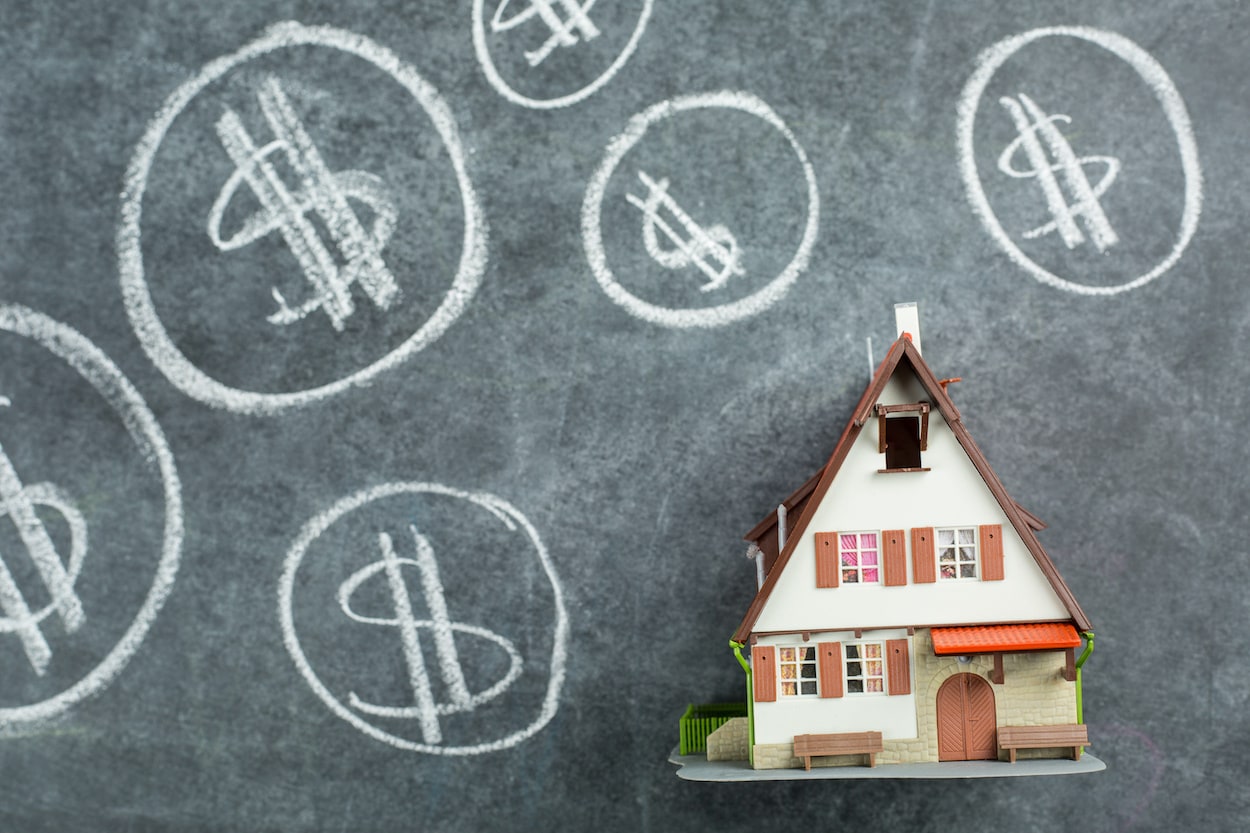
It’s been a little over two years since Tampa Mayor Jane Castor announced her goal of having 10,000 new affordable housing units in the city by 2027, what would be the end of a second term in office.
Castor announced Wednesday the city is more than halfway there. Standing between two developers with ongoing projects, Castor said the city has 6,000 units built, planned or under construction with six years to go on her promise.
“We are making tangible progress in meeting our affordable housing goals, but none of us — my administration, the City Council, the development community, the non-profit sector — can let up,” Castor said. “We have a lot of work ahead of us and many ambitious plans and projects are about to begin.”
Castor formed her administration’s Housing Affordability team Aug. 21, 2019 to evaluate affordable housing in the city and come up with a strategy to implement new units. Since then, Castor’s office said the city has invested more than $25 million into affordable housing.
“Faced with limited housing inventory and challenging market trends, the current climate has made the dream of homeownership seem unattainable for many,” Castor said. “But my team and I are rigorously creating pathways to ensure everyone in our community, regardless of their income level, can find a home where they can live comfortably and raise their family.”
The announcement follows a recent study from real estate data company CoStar Group that found rents are rising in every major American city, but none more so than in the Tampa Bay area.
Tampa has identified affordable housing as a household with income at or below 140% of the area median income, or AMI. Natalia Verdina, the city’s economic development spokesperson, said Tampa doesn’t have specific AMI goals. But added the fewest units will be on the high end of AMI affordability and each project is evaluated based on its individual needs and those within the surrounding neighborhoods.
According to Castor’s Transforming Tampa’s Tomorrow plan, that flexibility allows for a “generic but more inclusive term to describe its objective.”
The city said it’s working to achieve goals with programs like DARE to Own the Dream, which provides financial assistance to new homeowners and the Owner-Occupied Rehabilitation program, which assists homeowners with renovations. Over the last year, the city has provided $1 million each to those programs.
It’s also incentivized developers with offers like the Bonus Density Affordable Housing Incentive project. The program existed before Castor took office, but she said her team reinvigorated it and found the first developer to take advantage of it.
Jonathan Stanton of St. Petersburg-based LEMA Construction is using the incentive program to add additional units to his development at 56th Street South and East Washington Street. Without the program, zoning would’ve allowed Stanton to build 199 units with no affordability requirements. He’s now able to build 234 units, with 24 set aside for affordable housing.
Tampa also has an infill housing program that helps developers build affordable housing on vacant city lots. Castor said 11 local, minority-owned businesses were given vacant lots in East Tampa, Ybor City and Sulphur Springs for free in order to develop affordable housing.
One of those developers, Darrick Fullwood, of AAA Restoration and Builders, joined Castor for Wednesday’s announcement.
This program serves a broader purpose, other than the typical, making money, building houses,” Fullwood said. “It is important to me to be a part of something like this, in my hometown, in the community I grew up in.”


